Home>Gardening & Outdoor>Outdoor Recreation & Activities>How Tight Should Spikeball Net Be?
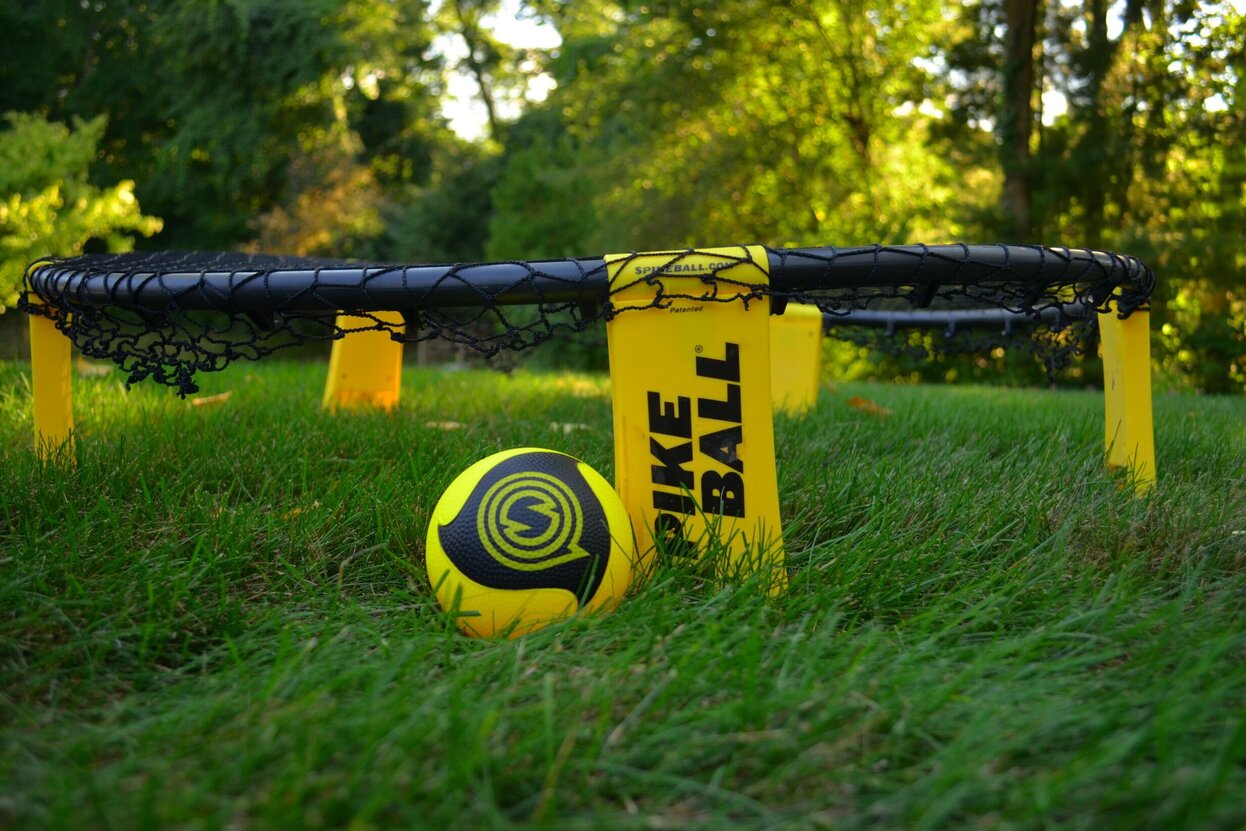

Outdoor Recreation & Activities
How Tight Should Spikeball Net Be?
Modified: February 18, 2024
Discover the ideal tightness for your Spikeball net and elevate your outdoor recreation and activities with expert tips and guidance. Learn how to achieve optimal performance and fun!
(Many of the links in this article redirect to a specific reviewed product. Your purchase of these products through affiliate links helps to generate commission for Storables.com, at no extra cost. Learn more)
Introduction
Spikeball, a dynamic and exhilarating game that has been rapidly gaining popularity, is played with a roundnet and a net set at ankle level. The tension of the net is a crucial aspect of the game, as it directly impacts the ball's bounce and the overall experience for players. Understanding the ideal net tension and how to achieve it is essential for enjoying a fair and competitive game of Spikeball.
In this comprehensive guide, we will delve into the factors that influence net tension, explore the recommended tension for Spikeball nets, and provide insights into adjusting the tension to optimize gameplay. Whether you're a seasoned Spikeball enthusiast or a newcomer eager to learn the ropes, this article will equip you with the knowledge and techniques to ensure that your Spikeball net is perfectly tensioned for an exhilarating and balanced game.
Key Takeaways:
- Achieving the perfect tension for a Spikeball net is crucial for a fun and safe game. Consider player skill, environmental factors, and net material to find the ideal balance of firmness and flexibility.
- Adjusting the net tension is easy! Tighten the net by rotating the rim and testing the tension, or loosen it by releasing tension and verifying the flexibility. Mastering these techniques ensures an optimal playing experience.
Read more: How To Put On A Spikeball Net
Factors to Consider
When determining the ideal tension for a Spikeball net, several factors come into play. These factors not only affect the gameplay but also influence the safety and durability of the equipment. Understanding these considerations is essential for achieving the optimal tension for a Spikeball net.
- Player Skill Level: The skill level of the players involved can significantly impact the ideal net tension. For beginners, a slightly looser net can be more forgiving, allowing for easier ball control and longer rallies. On the other hand, advanced players may prefer a tighter net that demands precise ball control and swift reflexes.
- Environmental Conditions: The environmental factors, such as temperature and humidity, can affect the elasticity of the net material. In warmer conditions, the net material may expand, requiring slightly higher tension to maintain the desired tautness. Conversely, in colder temperatures, the net material may contract, necessitating adjustments to prevent excessive slackness.
- Net Material and Quality: The material and quality of the net itself play a significant role in determining the appropriate tension. Different materials exhibit varying levels of elasticity and durability, influencing how the net responds to tension adjustments and prolonged use.
- Gameplay Preferences: Understanding the preferred style of gameplay can guide the adjustment of net tension. Players who favor fast-paced, aggressive rallies may opt for a tighter net to facilitate quick ball rebounds, while those who enjoy longer, strategic rallies may prefer a slightly looser net that allows for more controlled ball placement.
- Safety Considerations: Ensuring that the net tension is within the recommended range is crucial for safety during gameplay. Excessive tension can lead to increased ball rebound speed, posing potential safety hazards, while insufficient tension may result in unpredictable ball behavior, increasing the risk of injuries.
By taking these factors into account, players can make informed decisions when adjusting the tension of their Spikeball net, ultimately enhancing the overall game experience and promoting fair and enjoyable gameplay for all participants.
Recommended Tension
For optimal gameplay and safety, the recommended tension for a Spikeball net typically falls within a specific range. The ideal tension strikes a balance between providing a responsive playing surface and minimizing potential safety risks associated with excessive tension. While individual preferences may vary, adhering to the following guidelines can help achieve the recommended tension for a Spikeball net.
The standard tension for a Spikeball net is often described as “firm but yielding.” This implies that the net should exhibit tautness to maintain consistent ball rebound and predictable gameplay, while also possessing a degree of flexibility to cushion the impact of the ball and facilitate controlled ball placement.
One effective method for assessing the tension is to press down on the center of the net with moderate force. The net should yield to the pressure, providing a slight indentation before rebounding to its original position. This tactile feedback indicates that the net is tensioned appropriately, offering the desired combination of responsiveness and forgiveness during gameplay.
It is important to note that the specific tension may vary based on the net manufacturer and the material used. While some manufacturers provide tension guidelines or recommendations, players can also rely on the tactile feedback method to gauge the net tension accurately.
Additionally, consulting with experienced players or attending Spikeball community events can offer valuable insights into achieving the recommended tension. Engaging with the Spikeball community provides opportunities to observe and experience various net tensions in action, enabling players to refine their understanding of the ideal tension for their specific preferences and playing style.
By adhering to the recommended tension and utilizing tactile feedback as a guide, players can ensure that their Spikeball net delivers an optimal playing experience, striking the perfect balance between responsiveness, safety, and enjoyment.
The Spikeball net should be tight enough to create a consistent bounce when the ball is hit, but not so tight that it feels like a trampoline. Adjust the tension until it feels firm, but still has some give.
Adjusting the Net Tension
Adjusting the tension of a Spikeball net is a straightforward process that allows players to fine-tune the playing surface according to their preferences and the specific conditions of the game. Whether it involves tightening or loosening the net, understanding the proper techniques for adjusting the tension is essential for maintaining an optimal playing experience.
To increase the tension of the net, players can utilize the following steps:
- Anchor Adjustment: Start by ensuring that the net anchors are securely positioned. If the net is attached to collapsible legs or support structures, verify that they are fully extended and locked in place to provide stability.
- Tensioning the Rim: Gradually rotate the rim of the net set in a clockwise direction, using the provided tensioning mechanism if available. This process incrementally tightens the net, enhancing its tautness and responsiveness.
- Testing and Fine-Tuning: After making adjustments, test the net tension by applying moderate pressure to the center of the net. Assess the tactile feedback to ensure that the net exhibits the desired firm yet yielding characteristics. Continue fine-tuning as needed until the optimal tension is achieved.
Conversely, if the net tension needs to be reduced, players can follow these steps:
- Release Tension: If the net is equipped with a tensioning mechanism, such as a ratchet or buckle, disengage the mechanism to release tension from the net.
- Loosening the Rim: Rotate the rim of the net set counterclockwise to reduce tension gradually. This process allows the net to relax while maintaining a consistent and even tension across the playing surface.
- Verification and Adjustment: After loosening the net, verify the tension using the tactile feedback method. Ensure that the net offers the desired level of responsiveness and flexibility before finalizing the adjustments.
Regularly assessing and adjusting the net tension based on environmental conditions and player preferences is crucial for maintaining an optimal playing experience. By mastering the techniques for tension adjustment, players can ensure that their Spikeball net consistently delivers the desired balance of responsiveness and safety, setting the stage for countless enjoyable and competitive games.
Conclusion
Mastering the art of achieving the perfect tension for a Spikeball net is a fundamental aspect of enjoying this dynamic and engaging game. By considering various factors such as player skill level, environmental conditions, net material, and gameplay preferences, players can make informed decisions when adjusting the net tension to suit their specific needs and enhance the overall game experience.
Adhering to the recommended tension, characterized by a balance of firmness and flexibility, ensures that the net provides a responsive playing surface while mitigating potential safety risks associated with excessive tension. The tactile feedback method serves as a reliable guide for assessing the net tension, allowing players to achieve the desired balance for optimal gameplay.
Moreover, mastering the techniques for adjusting the net tension empowers players to fine-tune the playing surface according to their preferences and the specific conditions of the game. Whether it involves tightening or loosening the net, the ability to make precise tension adjustments contributes to a consistent and enjoyable gameplay experience.
As players continue to immerse themselves in the world of Spikeball, they can leverage their understanding of net tension to foster fair, competitive, and exhilarating gameplay. Engaging with the Spikeball community and seeking insights from experienced players further enriches the journey toward mastering the art of achieving the perfect net tension.
With a well-tensioned Spikeball net, players can look forward to countless thrilling rallies, strategic plays, and memorable moments, all set against the backdrop of a playing surface that perfectly balances responsiveness, safety, and enjoyment. Embracing the nuances of net tension not only enhances the game of Spikeball but also fosters a sense of camaraderie and sportsmanship, making every match a celebration of skill, agility, and the sheer joy of play.
Frequently Asked Questions about How Tight Should Spikeball Net Be?
Was this page helpful?
At Storables.com, we guarantee accurate and reliable information. Our content, validated by Expert Board Contributors, is crafted following stringent Editorial Policies. We're committed to providing you with well-researched, expert-backed insights for all your informational needs.
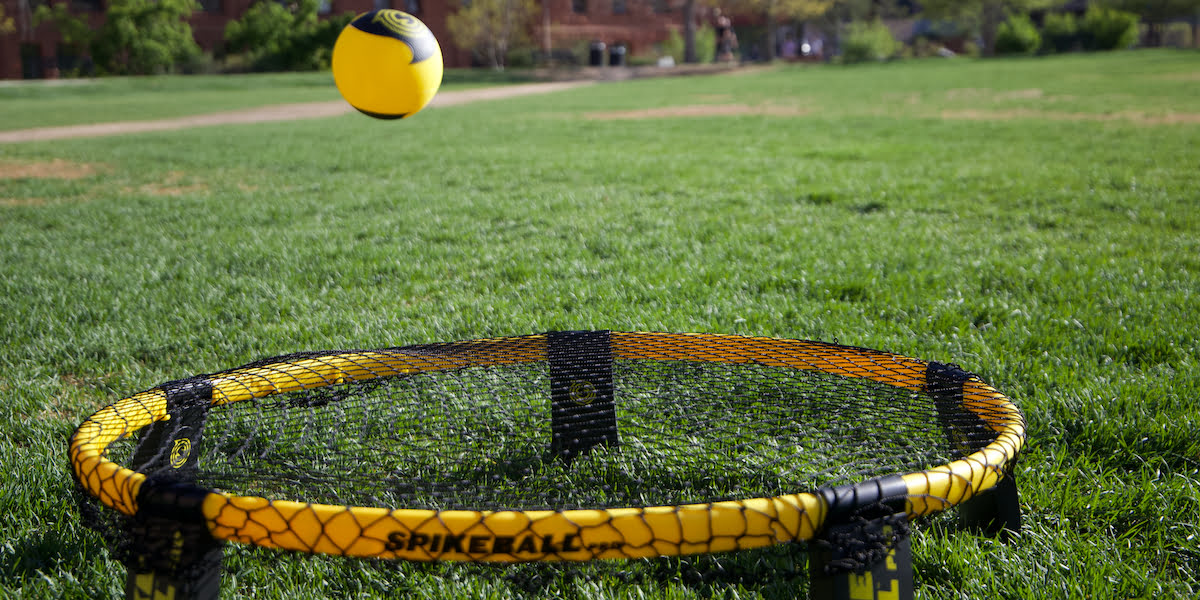
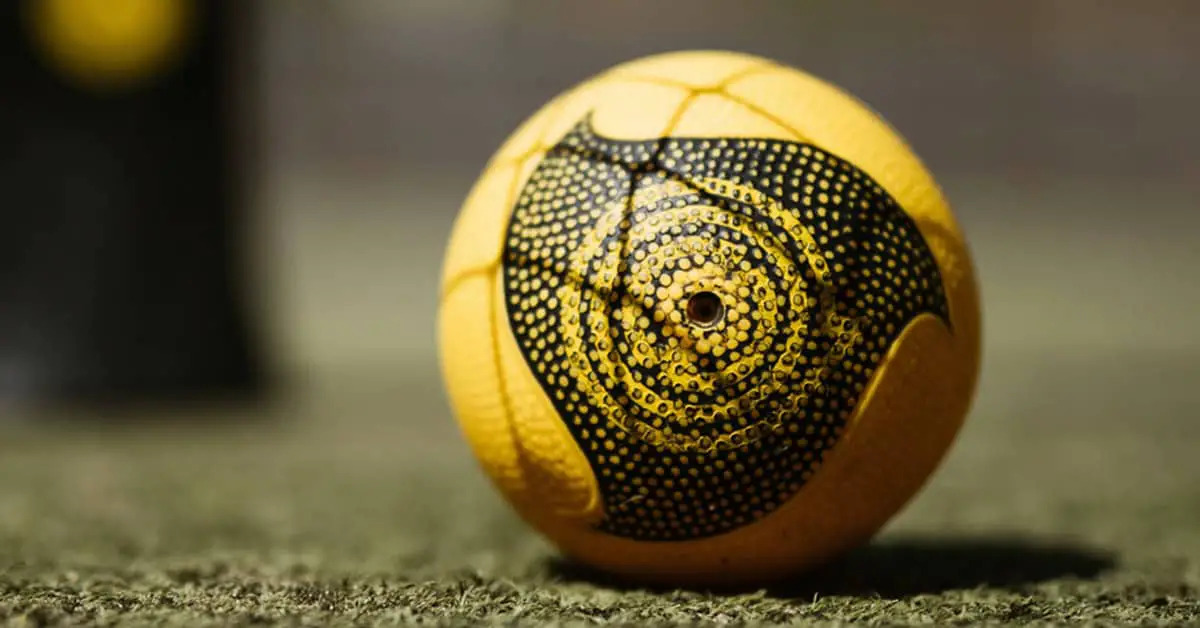
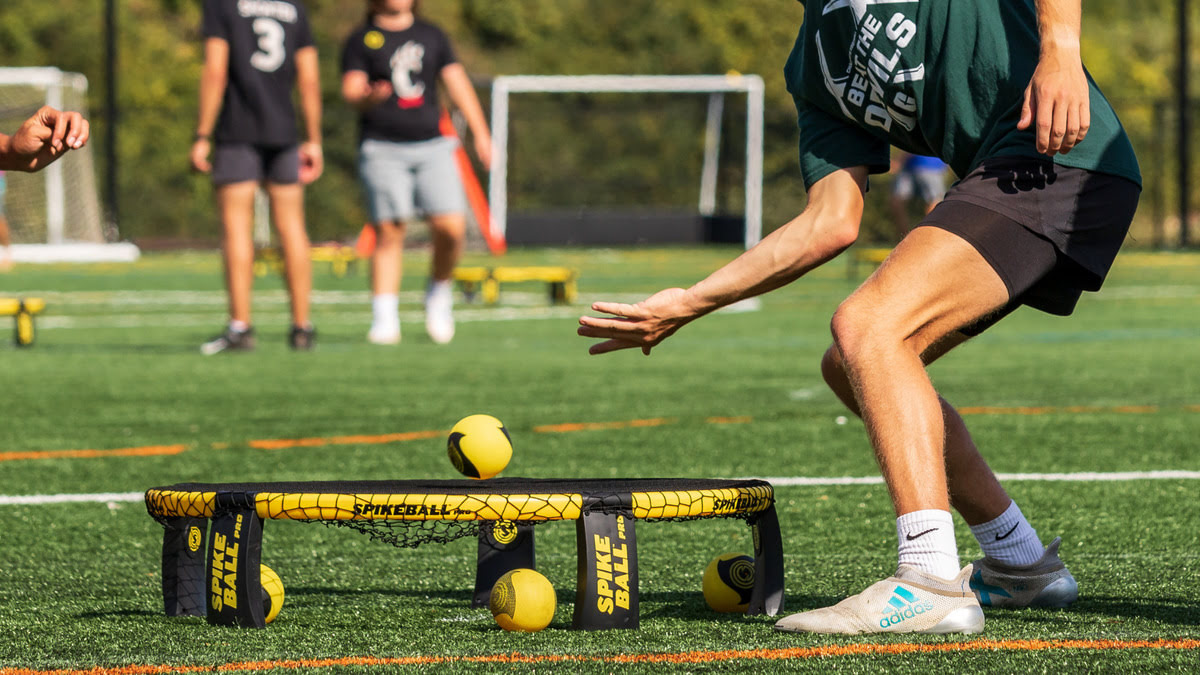
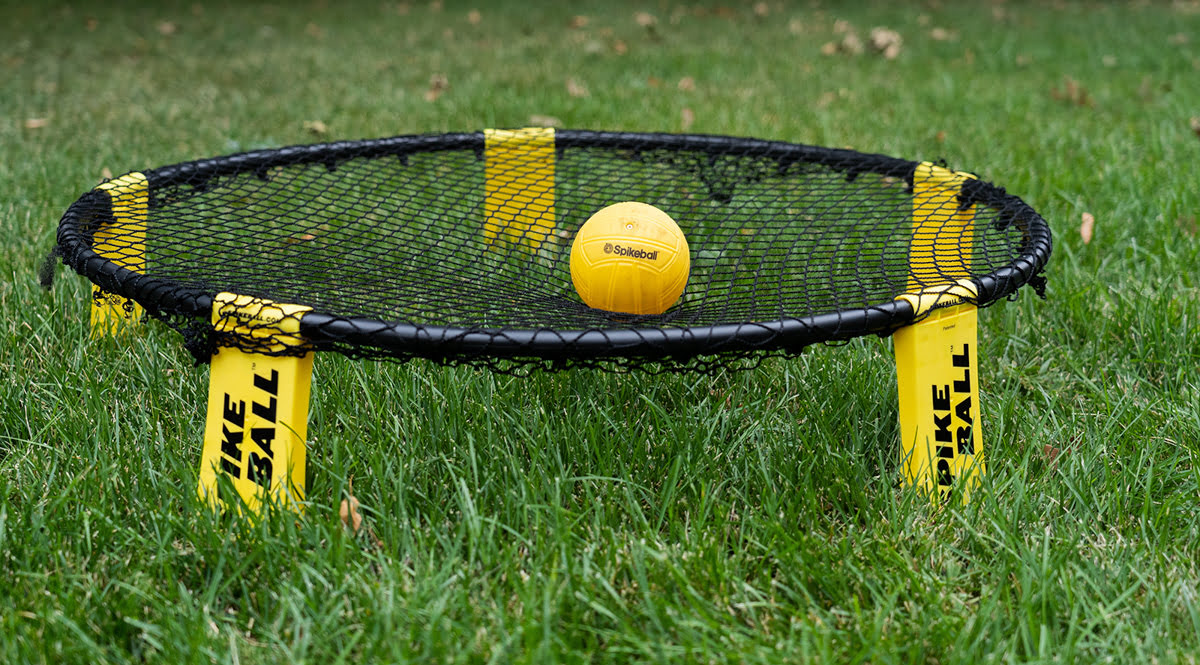
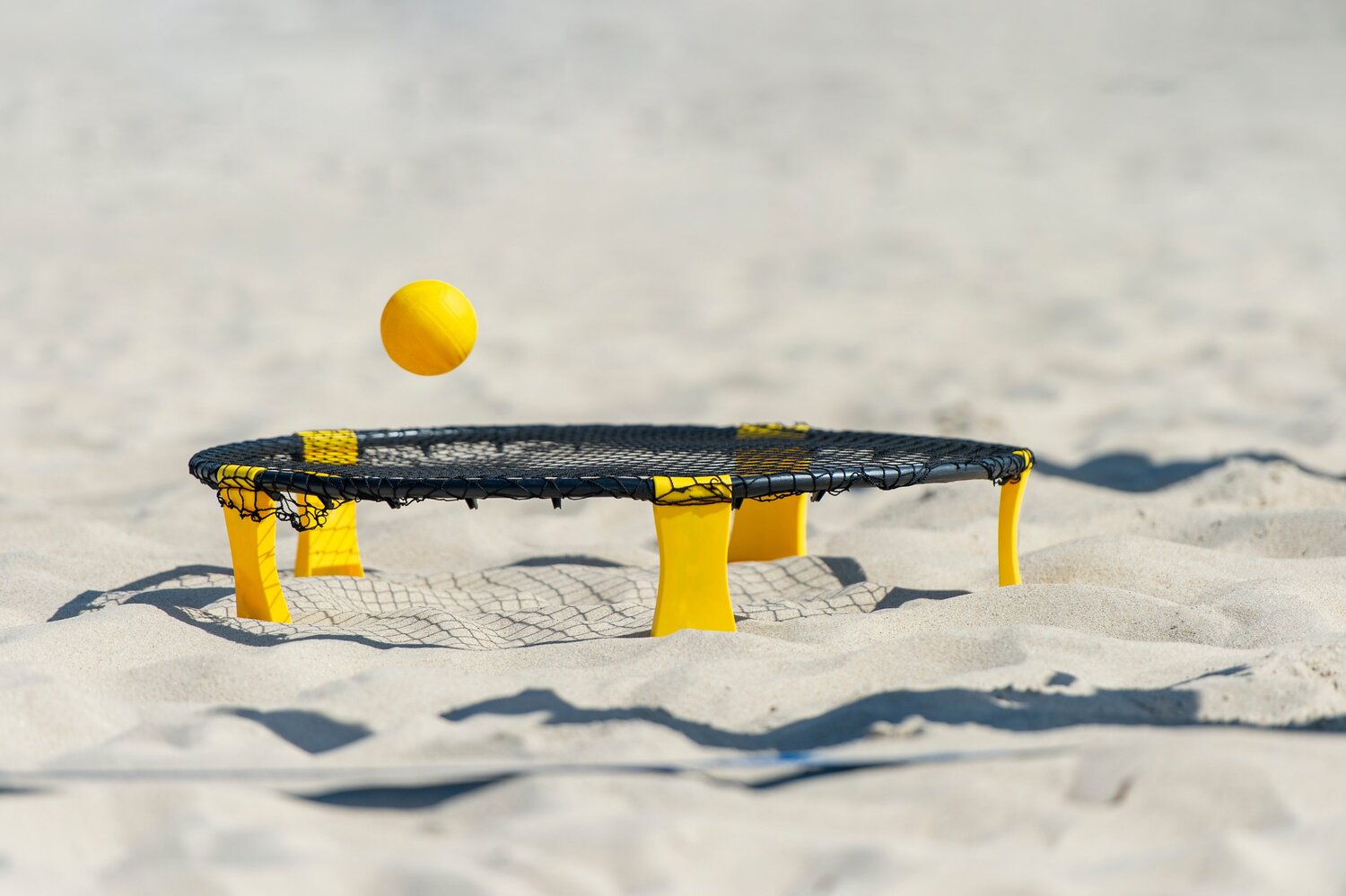
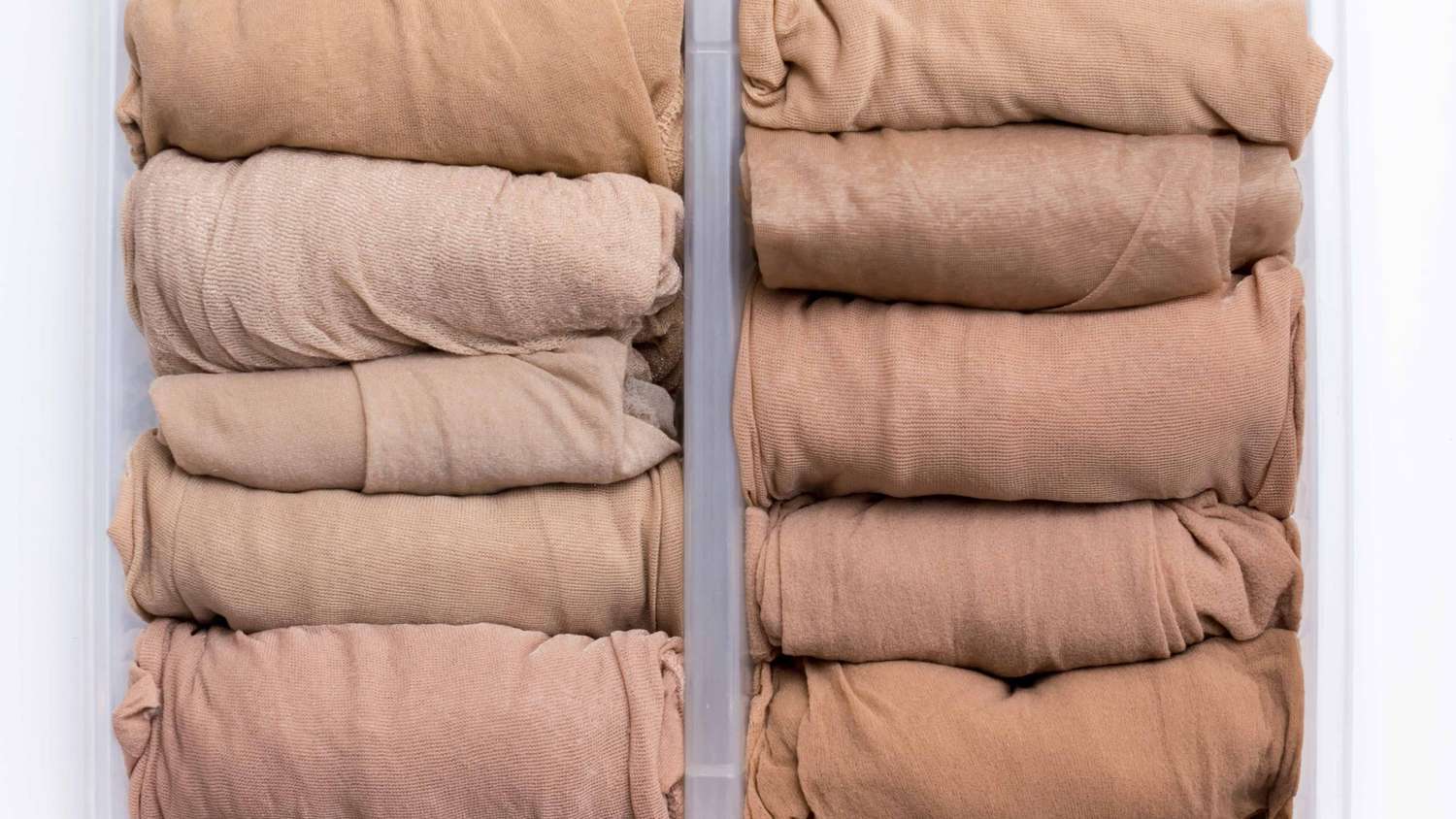


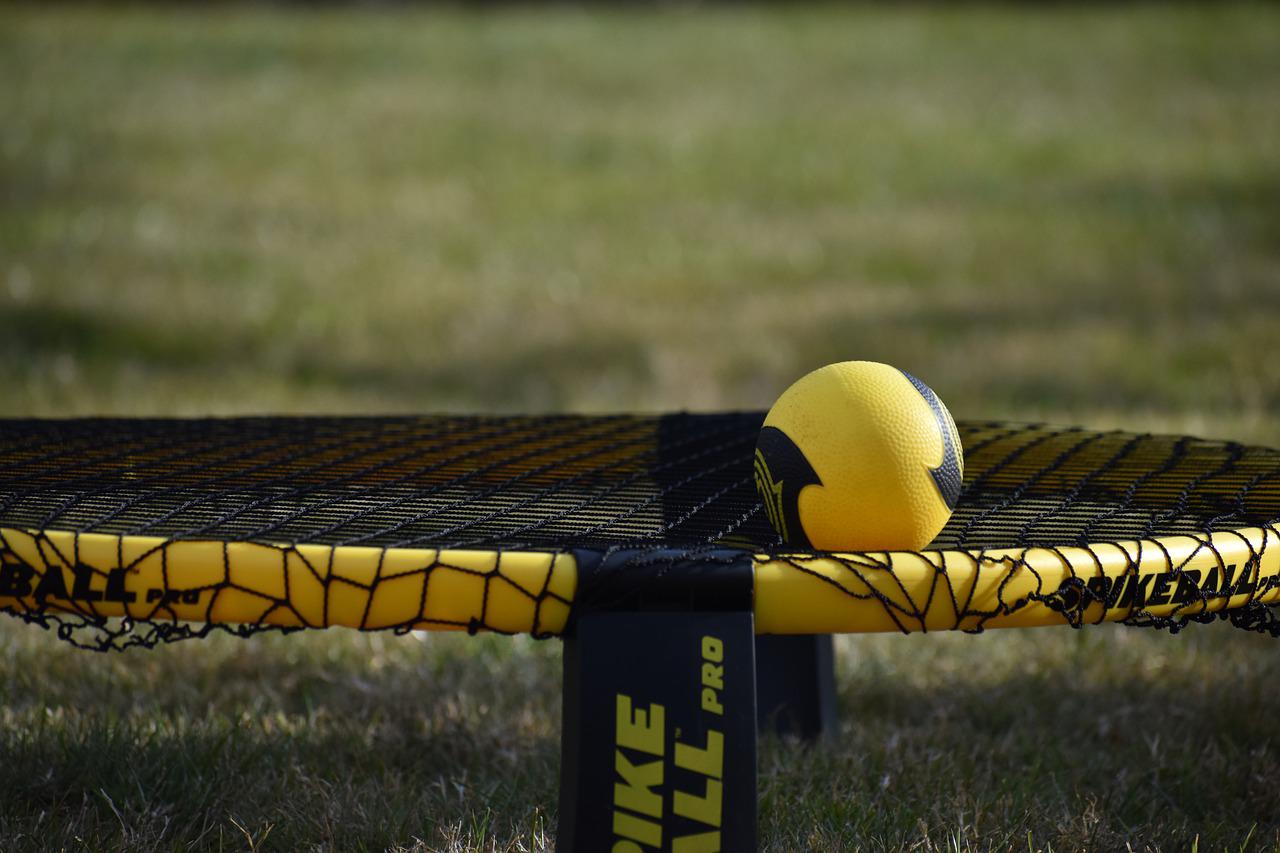
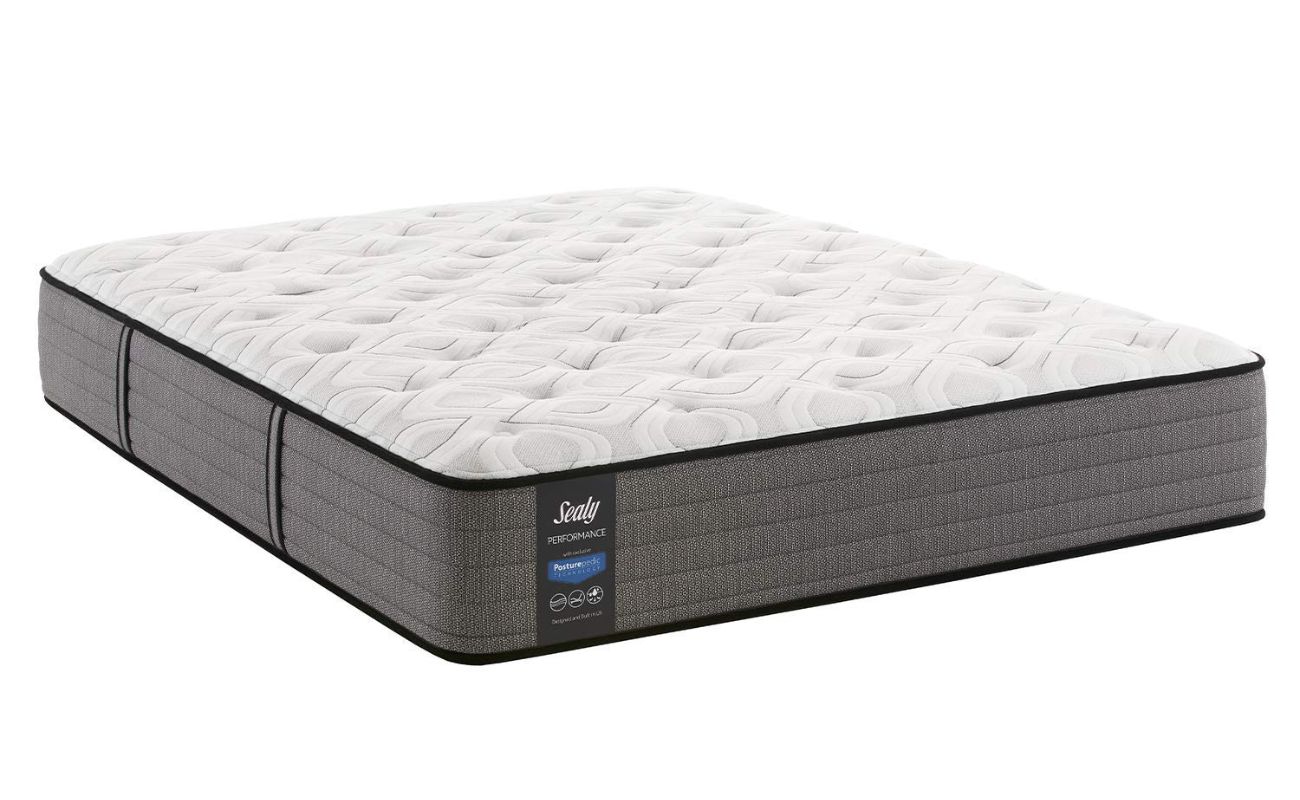

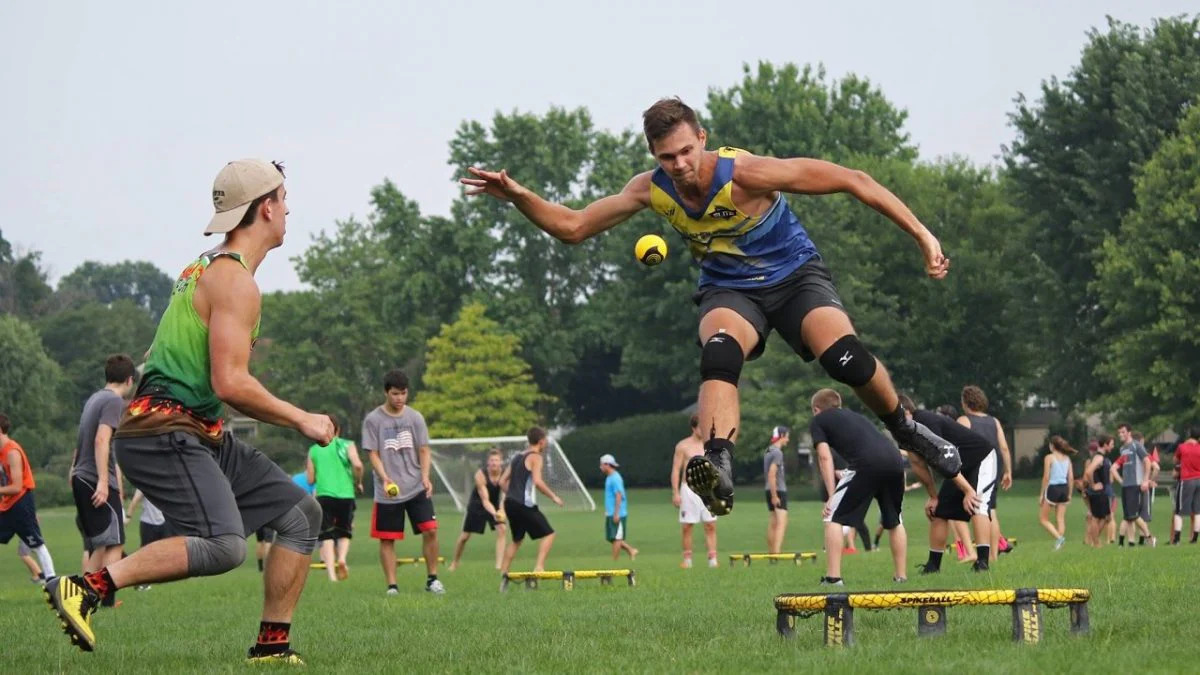
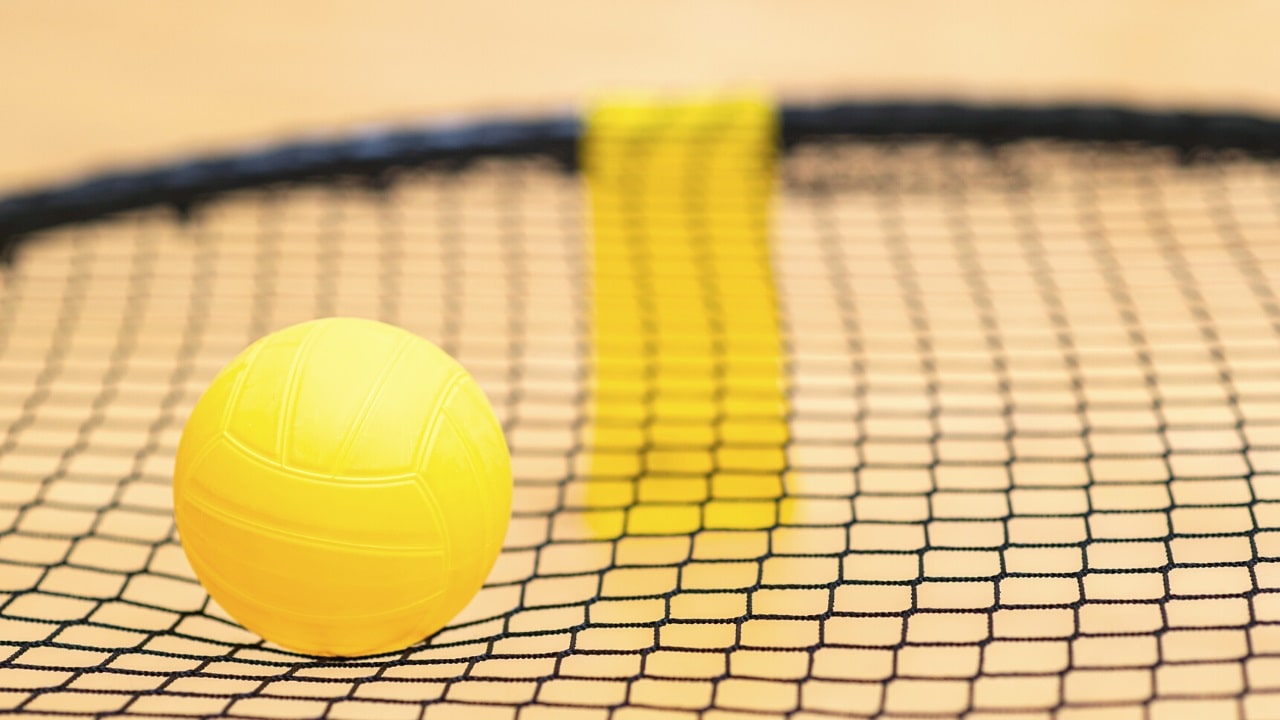
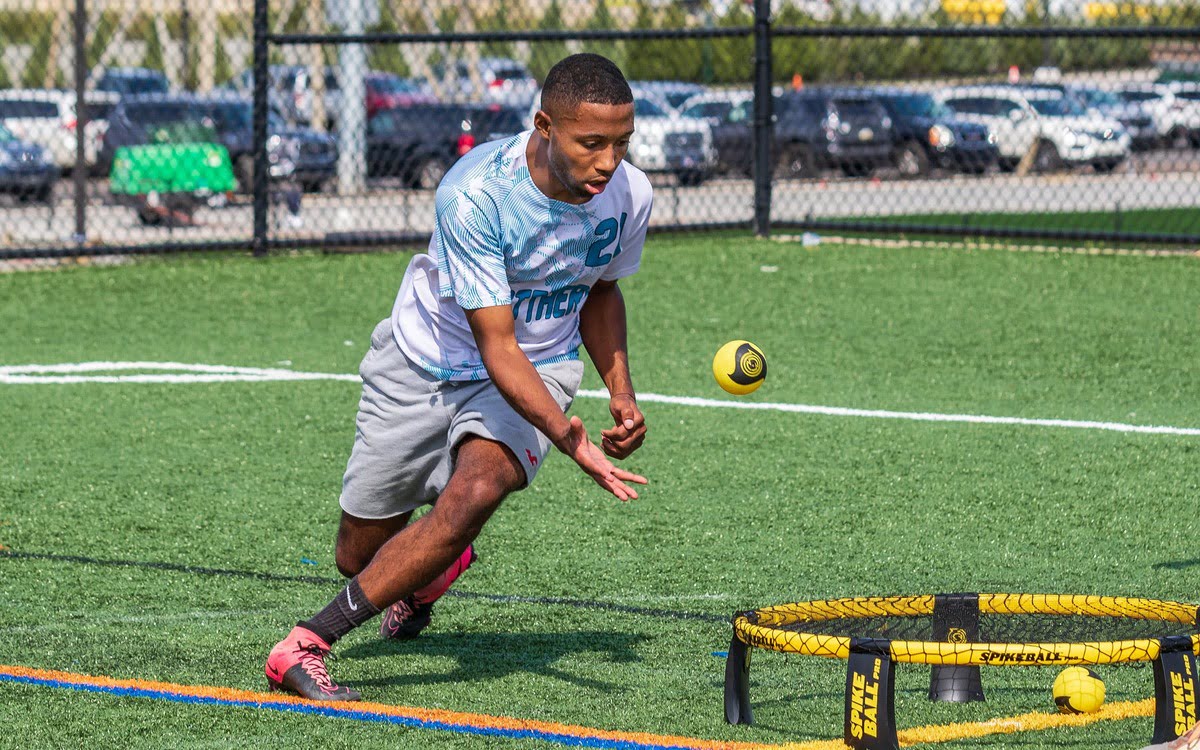
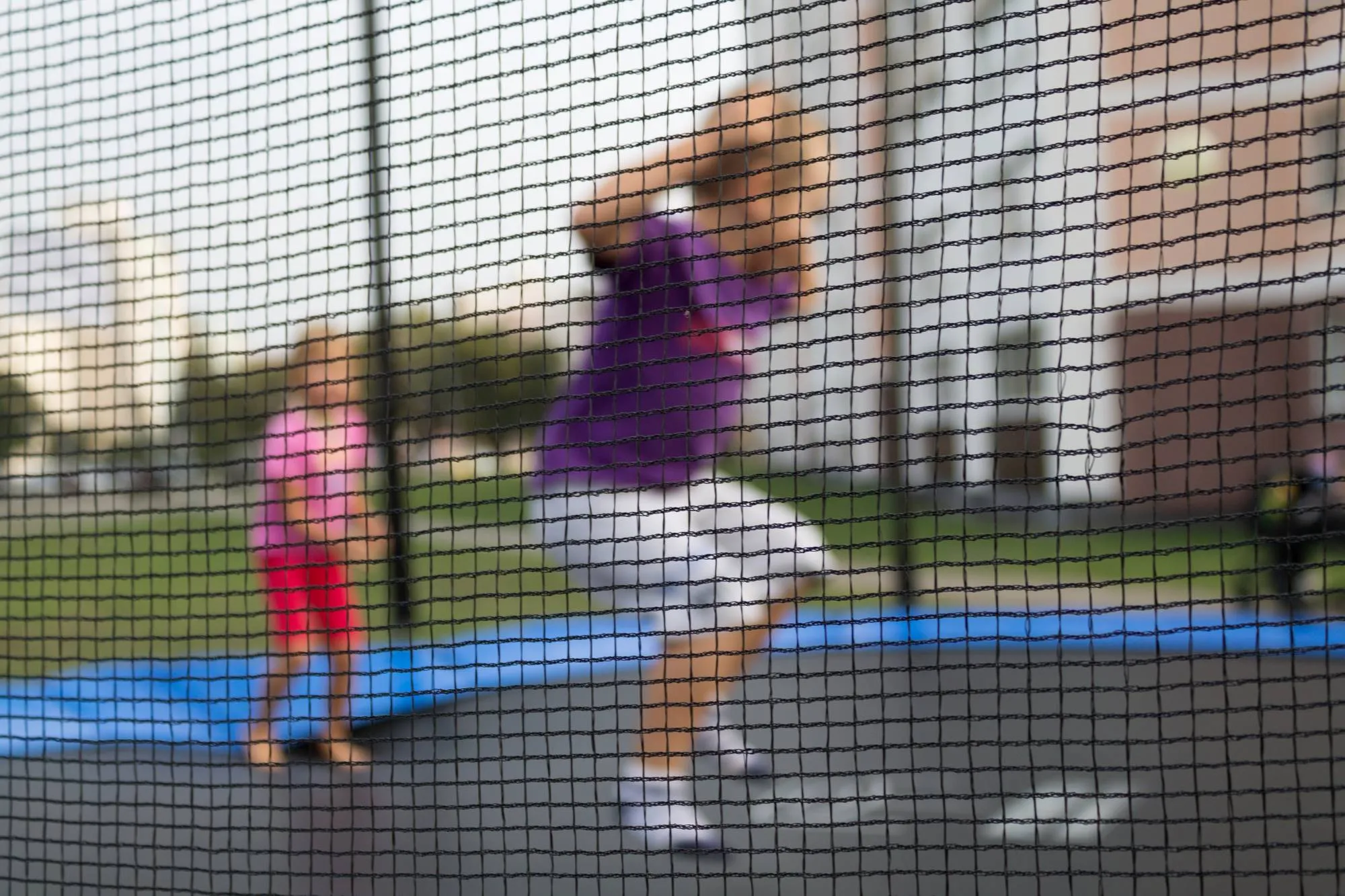

0 thoughts on “How Tight Should Spikeball Net Be?”